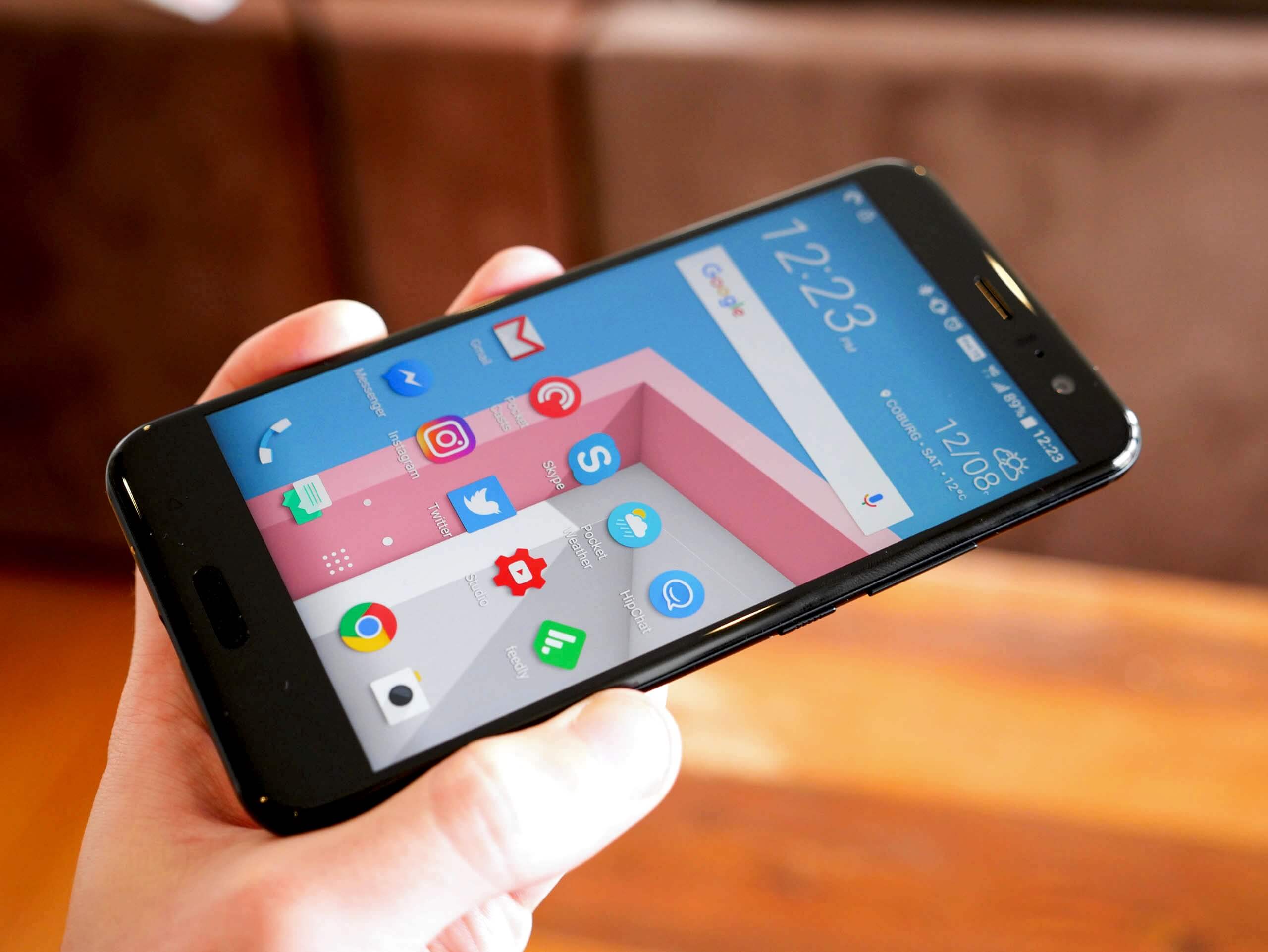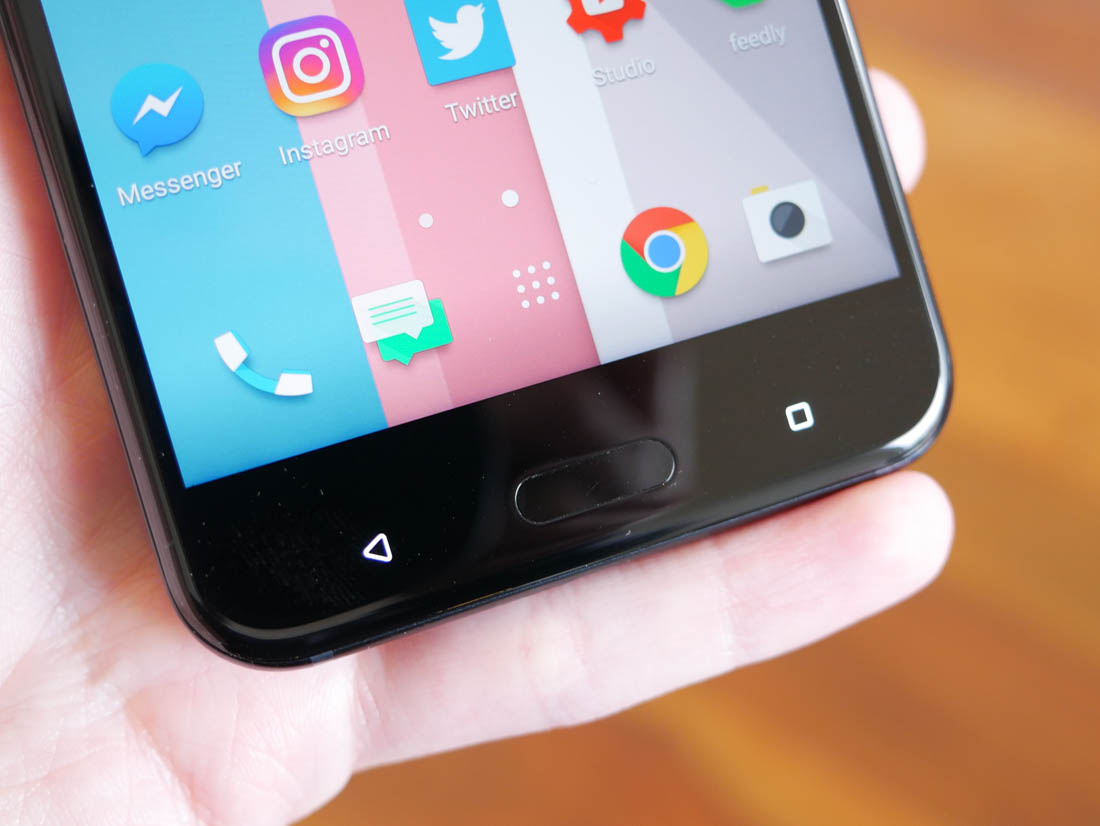It's no secret that HTC has been struggling over the past few years. While they worked with Google to create the excellent Pixel and Pixel XL, these phones didn't carry any HTC branding, and HTC's own offerings were uninspiring in comparison. But the company has yet to give up, and this year they've put their best effort towards the HTC U11.
As I'm sure you will have read about by now, the "big" new feature included with the U11 is its 'squeezable' sides that allow you to launch apps and perform functions without touching the display. The phone also includes all the latest hardware: a Snapdragon 835 SoC, a 5.5-inch 1440p display, and a 12-megapixel f/1.7 camera supposedly rated the best on the market.
Software has also been a strong focus for HTC. They've cleaned up more junk in their Sense UI, and integrated Amazon's Alexa in phones sold in the United States. My review unit is Australian, so Google Assistant is the go-to here instead, though it is interesting to see HTC partner with a third-party for the assistant experience on North American units.
I'm going to open this review by first talking about the U11's squeezable sides, which HTC has branded as "Edge Sense". To be clear, the edges aren't physically squeezable, in fact the metal here is just as solid as any other flagship phone. However, HTC has integrated force sensors into the sides, allowing the U11 to detect a 'squeeze' similar to how Apple's Force Touch trackpad and touchscreen technology works.
Edge Sense has the ability to detect different levels of pressure, so during setup, HTC gets you to squeeze the handset at your desired level of force to set the trigger level for Edge Sense's functions. The setup process is easy, and I'm glad HTC gets you to do it when you first setup the device, as otherwise Edge Sense may have become lost among a sea of other features.
Anyway, the basic premise to Edge Sense is that it works like an additional, programmable button on the edge of your handset.
In other words, when you squeeze the U11, a certain action is performed that you can change in the settings. By default, Edge Sense is setup to launch the camera and take a photo, but you can change this to launch an app, take a screenshot, launch voice assistant and more.
Now this may sound a bit like a gimmick, but there are some aspects to Edge Sense that are genuinely useful. Edge Sense works when the screen is off, which makes it quick and easy to perform actions like launching the camera straight out of your pocket. Edge Sense is practically impossible to accidentally activate in your pocket, too, so unlike some other gesture-launch features, you won't take pocket photos or launch apps unless you want to.
Edge Sense is also extremely easy to activate while naturally holding the phone. You don't need to shuffle your fingers to access a physical button, you just need to squeeze the handset, so it's effectively the fastest way to perform an action without placing an icon on the display itself. If you set up Edge Sense to do something useful, you'll find yourself using it a fair bit.
That's not to say Edge Sense is perfect or as good as it could be. There is an advanced mode - which lets you perform two actions after either a squeeze, or a squeeze and hold - but that's the limit. It'd be awesome (or perhaps overly complicated) if HTC fully leveraged the pressure sensor to perform different actions with different levels of force, expanding the number of actions that could be performed beyond two. Or even better: implement more pressure sensors in a future iteration of Edge Sense, allowing you to launch different actions depending on where along the edge of the handset you squeeze.
The general design to the HTC U11 is... okay. HTC hasn't shied away from using premium materials, so the U11 is left with multi-colored glass on the rear, standard glass on the front, and metal around the sides.
If you get the 'solar red' model, the rear panel will shimmer and morph colors between red and orange depending on the angle you hold the device, in what is a pretty cool effect. Unfortunately I was sent a black model to review, which is definitely more boring design-wise.
The U11 is a really comfortable device to hold thanks to the glass panels curving nicely into the metal edges. I was also surprised to see that compared to other glass-back smartphones, the U11 doesn't attract nearly as many fingerprints, and thanks to the strong oleophobic coating, fingerprints are exceptionally easy to clean off. On the other hand, glass smartphones tend to be rather slippery, and the U11 certainly falls into that category.
One of the issues I continually have with HTC smartphones is their massive bezels. Even before handsets like the Galaxy S8 and LG G6 hit the market, HTC didn't bother reducing the footprint of their phones, making them overly large and cumbersome for the display size. The U11 continues this trend with enormous bezels above and below the display, making the handset roughly the same size as another big-bezel phone: the Pixel XL. The side bezels are large as well, so I think HTC's design team might need to go on a diet for their future handsets.
The HTC U11 doesn't have a headphone jack. This is still a bad move in my opinion, but at least HTC includes a USB-C to 3.5mm audio dongle in the box. Note the phone doesn't seem to support a number of third-party dongles I tried.
The HTC U11 does come with pretty much everything else you'd expect. There's USB-C, a fingerprint reader flanked by capacitive navigation buttons, a notification LED, and a microSD card slot. The U11 is also IP67 water resistant, certified for submersion in up to 1m of fresh water for 30 minutes, however HTC's manual specifically warns you against using the phone or any buttons while submerged.






